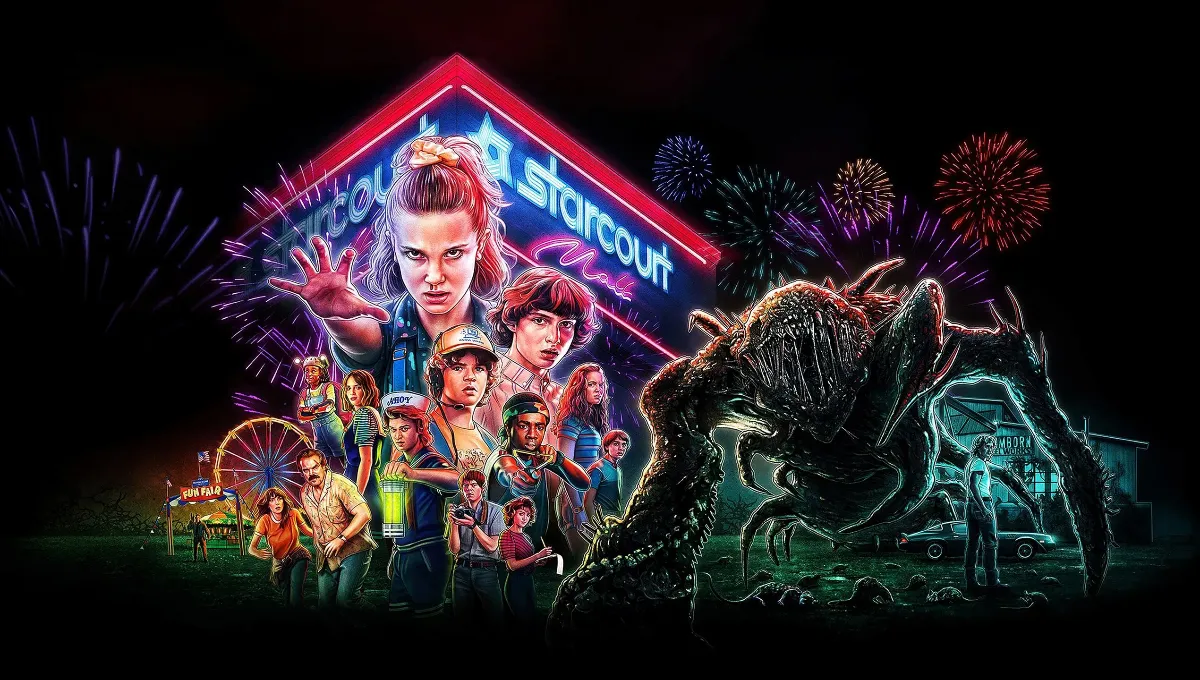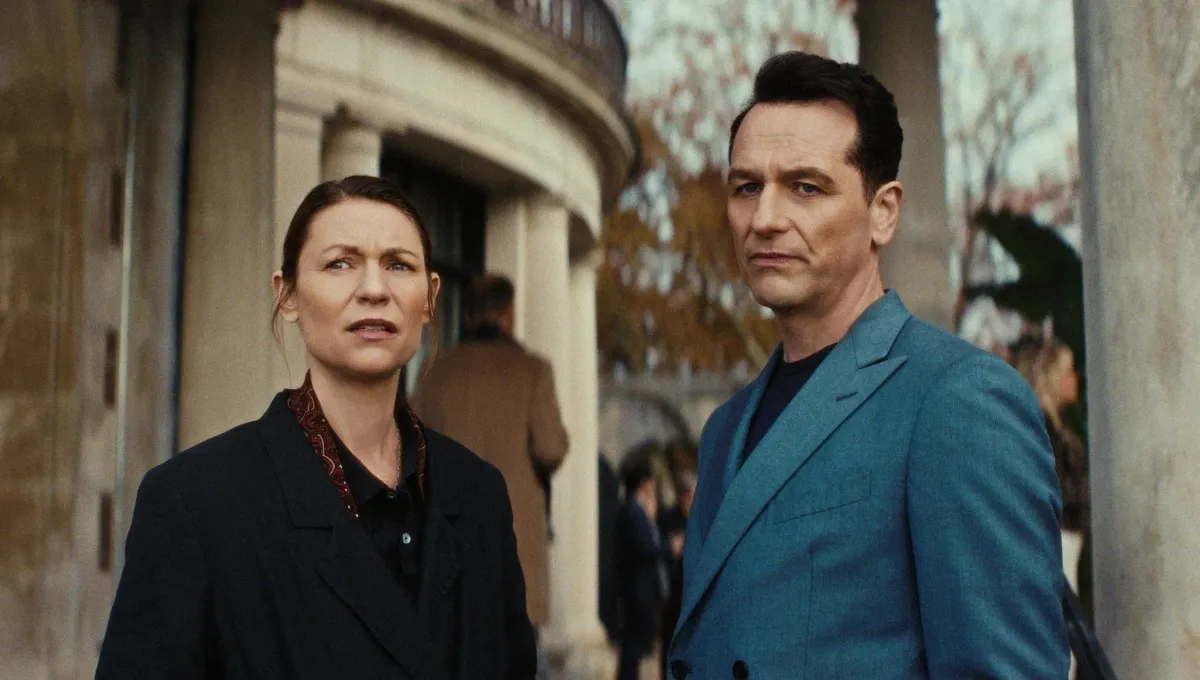In a move that reflects how rapidly the streaming industry is evolving, HBO Max has officially launched its first-ever user feedback feature, inviting subscribers to label every movie or series as “Love,” “Like,” or “Not For Me.” What might seem like a minor interface update actually represents a major shift in how platforms interpret taste, emotion, and audience engagement. By giving viewers a voice in shaping recommendations, HBO Max is stepping into a new era of direct, data-driven personalization—but beneath the surface lies a deeper strategy aimed at retention, monetization, and long-term user loyalty.
The system appears simple: after finishing a film or episode, or when visiting a title’s main page, three feedback options appear. Choosing Love feeds the algorithm with a strong positive signal, allowing it to build future suggestions around that title. Selecting Like tells the system you enjoyed it but aren’t necessarily obsessed, while Not For Me quietly removes similar recommendations from your home feed. The feature is currently rolling out across devices, signaling a new level of transparency between platform and viewer. For years, streaming algorithms have guessed what people enjoy based on watch time, rewinds, and completions. Now, HBO Max wants to ask directly instead of assuming, and that small shift could be transformative.
The timing of this rollout isn’t coincidental. HBO Max has recently increased its monthly subscription prices across all tiers, with the ad-supported plan, standard plan, and premium plan each seeing noticeable hikes. In a market where consumers are already feeling subscription fatigue, this update arrives as both a goodwill gesture and a data strategy. By introducing a feature that makes the user feel heard, HBO Max is subtly justifying its higher prices while reinforcing its reputation as a premium, viewer-centric service. The psychological message is simple: “We’re listening.” But in practice, it’s equally about feeding the recommendation engine with cleaner, more explicit data.
This evolution mirrors a broader industry trend. Personalization is now the streaming battlefield. Netflix pioneered the concept with thumbs up and down; other platforms have experimented with five-star ratings, emoji reactions, and sentiment tracking. Yet HBO Max’s approach feels more emotionally aware—Love, Like, Not For Me—each phrase carrying human weight rather than numerical judgment. The goal isn’t just to rank titles; it’s to map emotion, which allows the system to predict not only what users will watch but what they’ll feel like watching.
However, this kind of intimacy between viewer and algorithm comes with its own risks. Too much personalization can lead to what experts call “recommendation tunnel vision,” where the service keeps feeding similar content, trapping users in a narrow comfort zone. It’s the digital equivalent of always ordering the same meal at your favorite restaurant—satisfying, but eventually stale. HBO Max will need to balance emotional precision with creative discovery, ensuring the system still surprises rather than confines. The success of this feature will depend on whether it expands the viewer’s experience or simply reinforces existing preferences.
Another factor driving this innovation is competition. With Disney+, Netflix, Apple TV+, and Peacock all raising their prices and refining their algorithms, HBO Max can’t afford to stand still. The company is competing not just for attention, but for trust—convincing users that their time and money are better spent in an ecosystem that understands them. In a world of subscription fatigue, personal connection is the new currency. Every “Love” clicked on HBO Max becomes both an expression of taste and a data point that enhances the platform’s ability to retain that viewer.
Beyond the technology, the move also has strategic timing on the corporate side. Warner Bros. Discovery, HBO Max’s parent company, has been navigating a turbulent financial period, with speculation about possible mergers or acquisitions. By introducing a new engagement feature right after a price hike, the platform can present stronger retention metrics and higher engagement data to investors—numbers that can directly influence valuation. In short, every click of ‘Love’ could quietly translate into a stronger balance sheet.
From a user-experience perspective, though, the change has genuine merit. Many subscribers have long complained about generic recommendations that seem disconnected from their real interests. The new system promises to reduce that frustration. Instead of endless scrolling through irrelevant titles, HBO Max aims to deliver home screens that feel curated rather than cluttered. The difference may seem subtle, but in practice, it can mean the gap between canceling a subscription and rediscovering a reason to stay.
There’s also a cultural angle here. Streaming has become an emotional ritual—people turn to specific shows for comfort, escape, inspiration, or nostalgia. The new feedback system essentially formalizes that emotional bond, inviting viewers to articulate their reactions. Love becomes not just an action but a statement of identity: “This is who I am as a viewer.” In a time when algorithms increasingly define taste, HBO Max’s move paradoxically restores some sense of agency to the user.
Still, the trade-off remains. Each expression of preference refines your content universe but also defines it more narrowly. The line between personalization and prediction can blur. The more the system learns, the more it decides what you’ll see next. For some, that’s a relief—less browsing, more satisfaction. For others, it’s a quiet reminder that streaming is no longer just entertainment; it’s an evolving dialogue between human desire and machine learning.
The arrival of “Love / Like / Not For Me” might also influence how the platform curates its editorial rails. We’ll likely see more personalized rows like “Because You Loved…” or “More Like This,” but the language of love adds warmth and relatability that the tech world often lacks. It’s marketing psychology blended with machine logic—a symbiosis of human emotion and algorithmic intelligence.
For global markets, including Europe, this update could have layered implications. Localized recommendations will need cultural context; a title loved in the U.S. might not resonate the same way elsewhere. HBO Max’s challenge will be training the algorithm to interpret love and rejection across languages, sensibilities, and regional libraries. If done well, this could be a breakthrough in culturally adaptive personalization. If not, it risks alienating viewers who already feel underserved compared to the U.S. catalog.
Ultimately, the new feedback system is a microcosm of the streaming industry’s current crossroads. Audiences are no longer satisfied with massive libraries—they crave clarity, authenticity, and control. Platforms, on the other hand, crave efficiency, engagement, and data. HBO Max’s latest experiment tries to meet both needs halfway, wrapping data collection in the language of empathy. Whether this will genuinely deepen viewer connection or merely optimize the algorithm remains to be seen, but it undeniably reflects where the medium is headed.
As streaming enters its second decade of dominance, small interface choices reveal big cultural trends. The future of entertainment isn’t just about what we watch—it’s about how we express what we feel about it. HBO Max’s “Love / Like / Not For Me” may not sound revolutionary, but it could quietly redefine the emotional grammar of digital viewing. One button at a time, our screens are learning to feel us back.

Grace Whitmore is a beauty and lifestyle editor at Nestification, exploring the intersection of modern femininity, quiet luxury, and emotional design. Her work focuses on how aesthetics, mindfulness, and self-expression shape today’s idea of calm confidence — where beauty becomes a state of mind.
Based in New York · [email protected]















